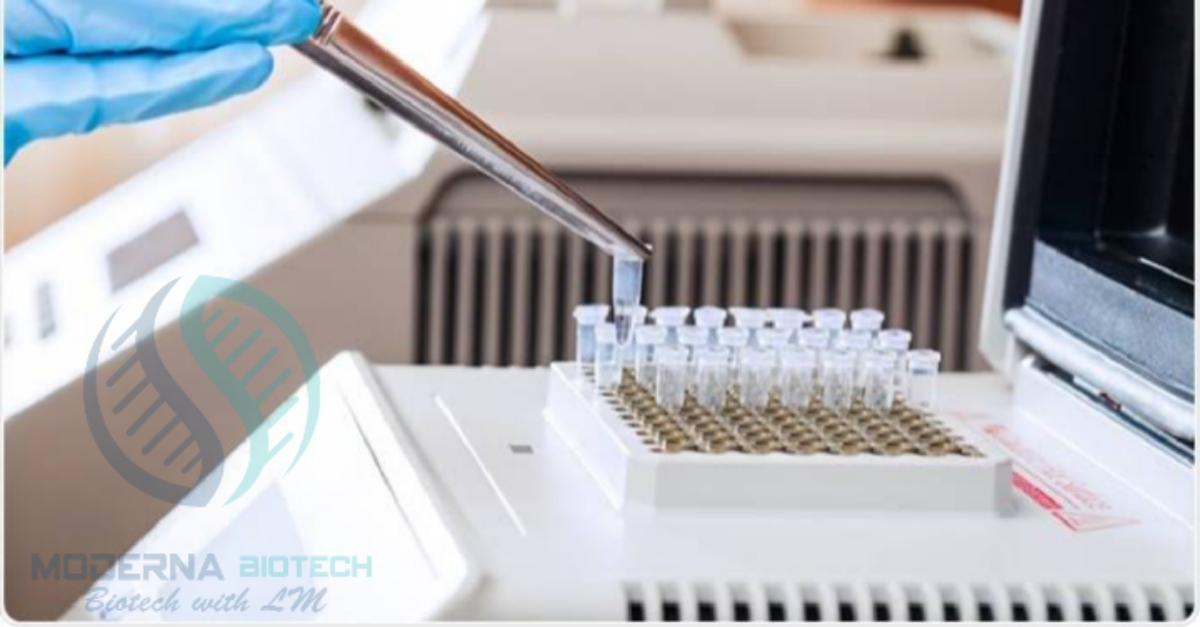Top Agile and Scrum product Development Methods in 2024

Agile and scrum product development methods are product development methodologies that are growing in popularity. They both have their own set of values, principles and guidelines. However, these two product development methods share many common features such as iterative product delivery, more collaboration between product owner and product developers and encouraging multi-functional teams.
Agile product development has been around for a while now but scrum product development is more recent; it was first mentioned by Jeff Sutherland on February 28, 1997 and became popular after the 2001 book: The Scrum Guide: The Definitive Guide to Scrum: the rules of the game written by Jeff Sutherland and Ken Schwaber. Here in this article, you’ll know about Agile and scrum product development methods
Table of Contents
Agile and scrum product development methods
Agile product development method
In product development, the agile product development method is a group of practices that align with the product vision and product strategy. In this product development approach, processes are iterative and incremental allowing product owners to have control over changes from one cycle to the next.
Since flexibility is key in this product development philosophy, there is no commitment on how much can be delivered within each iteration. It really depends on what has been defined as a team’s goal for the current sprint (one week increment). With an agile product management software like Pixid, everything goes through iterations which can be done weekly or even daily if needed. This allows new features and functionalities to be added quickly into the existing product offering without committing too early on something that might not fit as expected.
Every product goes through different stages of the product development life cycle (PDLC) before it is ready for market, but some product development methodologies are more iterative than others. This makes the product management methodology particularly well-suited to product development projects that require flexibility, frequent customer feedback, and quick delivery cycles.
Product development philosophies!
Product development philosophies like agile product management rely on collaboration between all members of the product team including customers, business stakeholders and even end users which allows them to work together on what they want out of the new product offering. Thus, there is no need for long design processes or additional documentation that do not contribute directly to the final product vision since they can slow down iterations significantly. Instead, this philosophy urges people to focus their efforts on product development activities that are known to have a significant impact.
The product development team at DHL, for example, is responsible for making sure that the products offered by the logistics company are up to date with market demands and needs. This means they sometimes need to develop new product features quickly in order to stay ahead of their competition. Using product management methodologies like agile product development allows this team to work together with others using short feedback loops so they can continuously improve how they work as well as what product offerings are available without wasting time or budget doing things that don’t create value for anyone involved.

Scrum product development method
A product owner in scrum is responsible for product development. S/he is the voice of the customer and is responsible for product backlog management, including ordering product backlog items by value, cost, dependencies etc. without losing sight of what will delight the customer. The product owner also manages product roadmaps that are created collaboratively with the product backlog, which consists of high level requirements that provide details on all user stories in a release or sprint backlog.
There are multiple definitions available on what a product owner does but most agree it’s their responsibility to balance scope, budget and schedule while maintaining clarity on prioritizing features according to business strategy. When used properly, the scrum product development method allows product owners to work more closely with stakeholders through daily scrum product development meetings and releases that contain working products. This increases the chance of developing a product that will delight customers and meet or exceed business objectives.
The product backlog contains the product owner’s assessment of requirements for all user stories in a release or sprint backlog. The product backlog is “owned” by the product owner but may be created in collaboration with key stakeholders to ensure it meets their needs. Through collaboration, many organizations are achieving less waste in product development by taking advantage of solutions that enable better collaboration between product owners, developers, testers, etc…
The technique of managing work!
Scrum is not just one technique for managing work, there are several techniques used in scrum – e.g., burndown charts, time boxing, daily scrums – and product backlog refinement is just another one of those scrum techniques. Scrum product development requires product owners and teams to collaborate closely to deliver products that can be validated by stakeholders as being what they really need. The product backlog and product owner collaboration play a big role in achieving this goal.
Scrum product development doesn’t require the product owner to update his/her assessment for requirements for all user stories or even most of them, but there must be an estimated order (e.g., high-medium-low) of how much work remains on each user story before it can be considered complete (ready). This allows the team to determine which user stories they should start next, based on priority and dependencies among the remaining items in the backlog.
It has been suggested that product backlogs are never complete. That is, product owners will bring additional information to light after the product backlog items have been written down. This does not mean that product backlog item are never added or removed from product backlogs, which might affect existing product backlog item estimates.
See also why software project management is needed?



